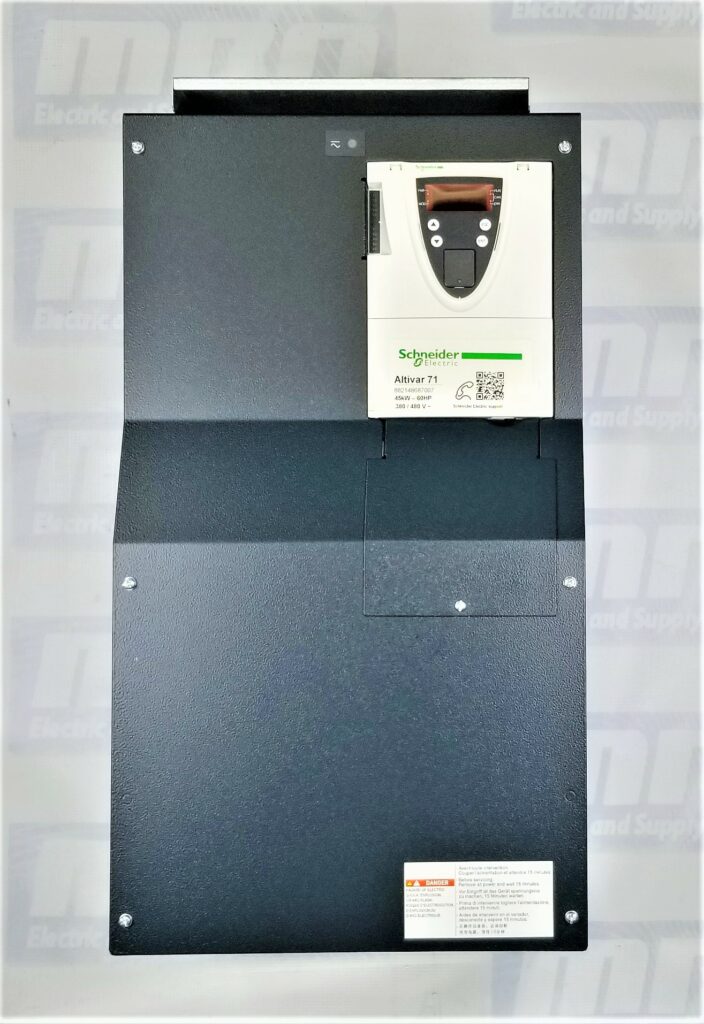Variable Frequency Drives (VFDs) have become ubiquitous in the world of industrial automation and energy management. They are remarkable devices that play a crucial role in regulating the speed and efficiency of electric motors. Whether you’re a seasoned engineer or just a curious enthusiast, understanding how VFDs work can empower you with valuable knowledge about the heart of modern manufacturing processes and energy-efficient systems. In this comprehensive guide, we will explore the inner workings of VFDs, from their basic principles to their applications in various industries.
The Basics of VFDs
At its core, a Variable Frequency Drive is an electronic device designed to control the frequency and voltage supplied to an AC (Alternating Current) motor. By altering these two key parameters, VFDs can precisely manipulate the motor’s speed, allowing it to operate at varying speeds with incredible precision. This fundamental capability finds applications across numerous industries, from HVAC (Heating, Ventilation, and Air Conditioning) systems to manufacturing processes, where precise control of motor speed is essential.

Frequency Control
The heart of VFD operation is the ability to control the motor’s frequency. In an AC motor, the speed is directly proportional to the frequency of the supplied power. Standard power from the grid operates at a fixed frequency (usually 60 Hz in North America and 50 Hz in most other regions), resulting in a constant motor speed when connected directly. However, VFDs can modify this frequency according to the desired speed, creating a dynamic system.
To adjust the frequency, VFDs convert incoming AC power into DC (Direct Current) using rectifiers, then generate a new AC output with a variable frequency through an inverter. This allows precise control over the motor’s rotational speed, ensuring it operates optimally under varying conditions.
Voltage Control
In addition to frequency, VFDs also control voltage to maintain the motor’s performance. As motor speed varies, so does its torque requirement. VFDs manage voltage to ensure the motor receives adequate power while staying within its operational limits. By adjusting both frequency and voltage simultaneously, VFDs can offer a seamless and energy-efficient solution for controlling electric motors.
Pulse Width Modulation (PWM)
The most common method employed by VFDs to control frequency and voltage is Pulse Width Modulation (PWM). PWM works by switching the output voltage on and off rapidly at varying duty cycles. The longer the “on” period, the higher the effective voltage, while the shorter the “on” period, the lower the effective voltage. This modulation process creates a waveform that effectively simulates the desired frequency and voltage for the motor.
Microprocessors within the VFD continually monitor the motor’s performance and adjust the PWM output accordingly to maintain the set speed. This real-time feedback loop ensures precise control and allows VFDs to adapt to changing load conditions, making them highly versatile in various applications.
Advantages of VFDs
The advantages of using Variable Frequency Drives in industrial and commercial settings are numerous:
- Energy Efficiency: VFDs can significantly reduce energy consumption by allowing motors to operate at lower speeds when full power is unnecessary. This feature is particularly beneficial in applications like fans and pumps, where constant speed operation may result in energy waste.
- Soft Starting and Stopping: VFDs provide a smooth start-up and shutdown process, minimizing mechanical stress on motors and equipment. This can extend the lifespan of machinery and reduce maintenance costs.
- Precise Control: VFDs offer unparalleled control over motor speed, allowing for fine-tuned adjustments to meet specific operational requirements.
- Reduced Mechanical Wear: By eliminating sudden jolts and shocks during start-up and stopping, VFDs reduce wear and tear on equipment, leading to longer operational lifespans.
Applications of VFDs
Variable Frequency Drives find applications in a wide range of industries, including:
- HVAC Systems: VFDs control the speed of fans and pumps in heating and cooling systems, ensuring energy-efficient operation and precise temperature control.
- Manufacturing: VFDs regulate the speed of conveyor belts, mixers, and other machinery, optimizing production processes and reducing energy costs.
- Water Treatment: VFDs are used in water pumps and treatment facilities to control flow rates and pressure, improving energy efficiency and system reliability.
- Renewable Energy: VFDs play a crucial role in renewable energy applications, such as wind turbines and solar inverters, where varying environmental conditions require precise control.
- Transportation: In electric trains and subways, VFDs control the propulsion motors, allowing for smooth acceleration and deceleration.
- Oil and Gas: VFDs are used in drilling rigs and pumping systems to control the speed of motors, enhancing operational efficiency and safety.
Challenges and Considerations
While VFDs offer numerous benefits, they also come with certain challenges and considerations:
- Harmonics: VFDs can introduce harmonics into the electrical system, which can affect other connected equipment. Proper filtering and harmonic mitigation measures are necessary to address this issue.
- Motor Compatibility: Not all motors are suitable for use with VFDs. Some older or specialized motors may require modifications or replacement to work effectively with VFDs.
- Overheating: Running a motor at low speeds for extended periods can lead to overheating. Adequate ventilation and temperature monitoring are essential.
- Maintenance: VFDs themselves require maintenance, including periodic checks for proper operation and firmware updates.
Conclusion
Variable Frequency Drives are a marvel of modern engineering, offering precise control over motor speed and energy consumption in a wide range of applications. Their ability to adjust both frequency and voltage allows for remarkable flexibility and efficiency, making them indispensable in today’s industrial and commercial environments. As technology continues to advance, VFDs are likely to become even more integral to our quest for energy efficiency and process optimization, further enhancing our ability to control the machines that power our world.